Overview
The T-M291 Vertical Upright Washing Machine DIY Learning Kit is a hands-on educational kit that lets students and hobbyists build a realistic miniature upright washing machine. Designed for classroom demonstrations, STEM activities, and science fairs, this kit explains core principles such as energy conversion, motor mechanics, and centrifugal motion through practical assembly and operation.
Key Features
- Realistic design concept: Mimics the operation and look of an upright washing machine.
- Motorized rotation: Demonstrates how an electric motor drives the spinning drum.
- Battery powered: Operates at 3-6V DC for safe, mains-free classroom use.
- Easy assembly: Pre-cut wooden/acrylic parts and simple hardware allow quick build time.
- STEM-focused learning: Combines electronics, mechanics, and physics for curriculum support.
- Beginner to intermediate: Suitable for a wide age range; fosters problem solving and creativity.
What is Included
- Motor module
- Washing drum assembly
- Wooden or acrylic body frame
- Battery holder
- Switch
- Connecting wires set
- Screws and mounting hardware
- Instruction manual with step-by-step assembly
Specifications
- Operating voltage: 3-6V DC
- Power supply: Battery operated
- Drive type: Motorized drum rotation
- Material: Wooden or acrylic chassis with plastic components
- Assembly time: 45-60 minutes
- Skill level: Beginner to intermediate
Educational Value
This DIY learning kit helps learners understand practical engineering and physics concepts:
- Conversion of electrical energy into mechanical energy
- The concept of centrifugal motion used in real washing machines
- Basic electronics: motors, wiring, and switches
- Mechanical principles: gears, rotation, and mounting
- Design thinking, troubleshooting, and hands-on problem solving
Assembly and Use
The kit is designed for straightforward assembly with clear instructions. Typical steps include mounting the motor, assembling the drum, wiring the switch and battery holder, and final testing. Estimated build time is 45-60 minutes and no soldering is required for basic assembly.
Classroom Tips
- Divide tasks among small groups to encourage collaboration.
- Use the kit to demonstrate centrifugal force by comparing drum rotation speeds with different loads.
- Extend lessons by discussing real-world washing machine components and energy efficiency.
Safety and Maintenance
- Use appropriate batteries as specified; do not mix old and new batteries.
- Supervise children during assembly and operation.
- Disconnect batteries when not in use to avoid drain and potential damage.
- Handle small screws and parts carefully to avoid choking hazards for young children.
Who Should Use This Kit
- Teachers and educators planning STEM lessons or science demonstrations
- Students working on school projects or science fair exhibits
- Hobbyists interested in small mechanical and electronic model building
Frequently Asked Questions
- Is soldering required? No, the basic kit is designed for snap-fit and screw connections; wiring is simple and uses connectors.
- What batteries are required? The kit operates on 3-6V DC. Use the recommended battery type listed in the instruction manual.
- Can the model be modified? Yes, advanced users can experiment with different motors or add sensors for expanded STEM projects.
Note: Images are for illustration purposes only.

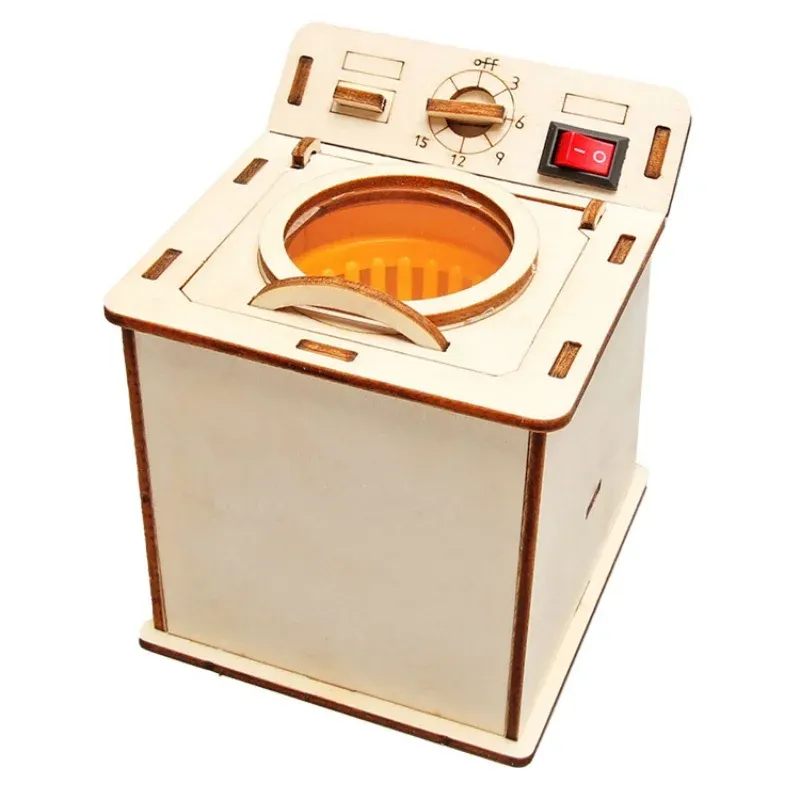

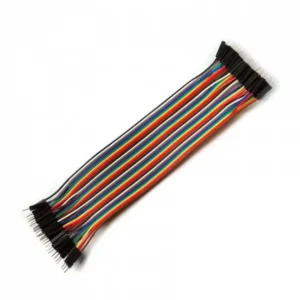
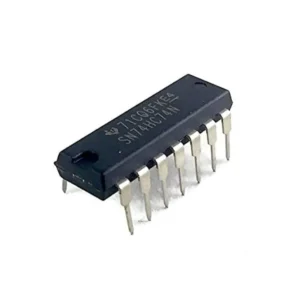
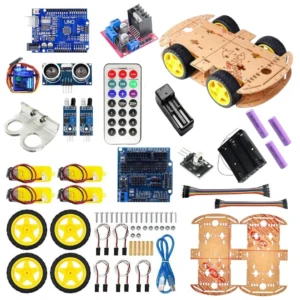
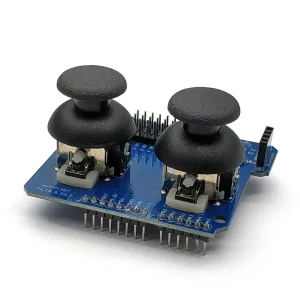
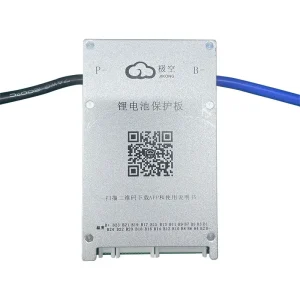
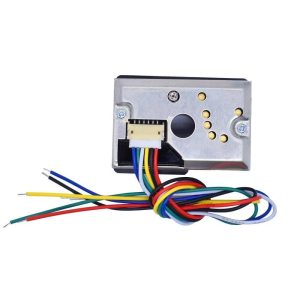

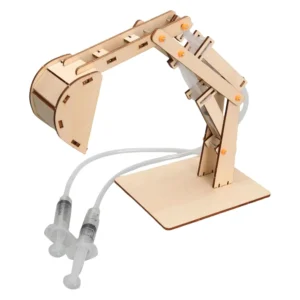
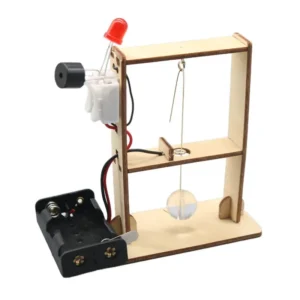
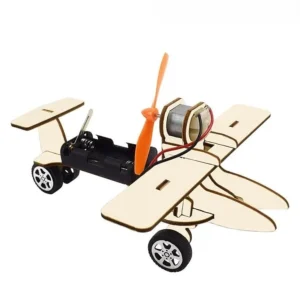

Reviews
There are no reviews yet